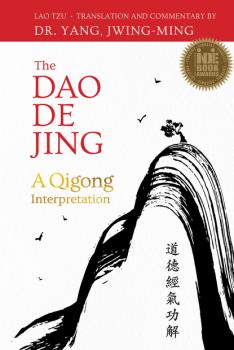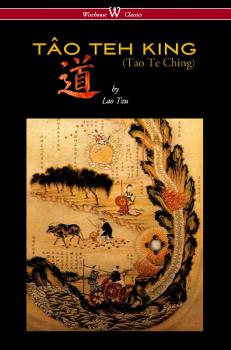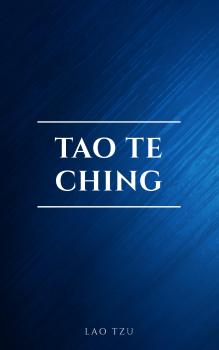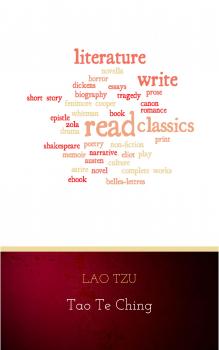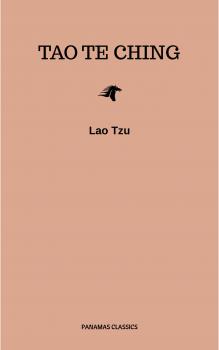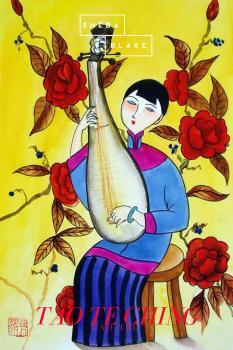ТОП просматриваемых книг сайта:
Lao Tzu
Список книг автора Lao TzuАннотация
This book examines one of the world’s most enduring and influential literary works through the timeless art of qigong. In his words, Lao Tzu (or Laozi), author of the Dao De Jing , embodies qigong principles, advocating the cultivation of mind and body. Only when we know qigong can we know Lao Tzu—and only when we know Lao Tzu can we know the Dao De Jing . Lao Tzu’s writing has been read, translated, and discussed around the globe. It deals with principles that transcend time and culture. That is why this ancient text has been reimagined countless times in books on business, relationships, and parenting—but never with a focus on the art of qigong. This makes the Dao De Jing: A Qigong Interpretation unique and indispensible. Many chapters in the Dao De Jing purely talk about qigong, especially the practices of regulating the body, breathing, mind, qi, and spirit. Dr. Yang, a renowned author, scholar, and martial artist, devoted decades to researching and writing this book. He interprets and analyzes the 81 chapters of the Dao De Jing . His commentary will bring new insight, inspiration, and depth to your understanding of Lao Tzu’s words—and to your qigong practice. This book includes The complete Dao De Jing in English and its original Chinese text Dr. Yang, Jwing-Ming’s commentary and analysis of each chapter Numerous illustrations and diagrams The Dao De Jing: A Qigong Interpretation is not a book of instruction. It is about the Way—the path before us, in qigong and in life, where what you achieve comes through your own understanding.
Аннотация
The <em>TÂO TEH KING</em>, Tao Te Ching, Daodejing, Dao De Jing, or Daode jing (simplified Chinese: 道德经; traditional Chinese: 道德經; pinyin: Dàodéjīng), also simply referred to as the Laozi (Chinese: 老子; pinyin: Lǎozǐ), is a Chinese classic text. According to tradition, it was written around 6th century BC by the sage Laozi (or Lao Tzu, Chinese: 老子; pinyin: Lǎozǐ, literally meaning «Old Master»), a record-keeper at the Zhou dynasty court, by whose name the text is known in China. The text's true authorship and date of composition or compilation are still debated, although the oldest excavated text dates back to the late 4th century BC.

